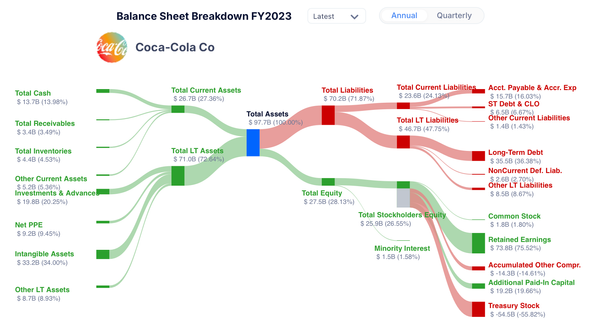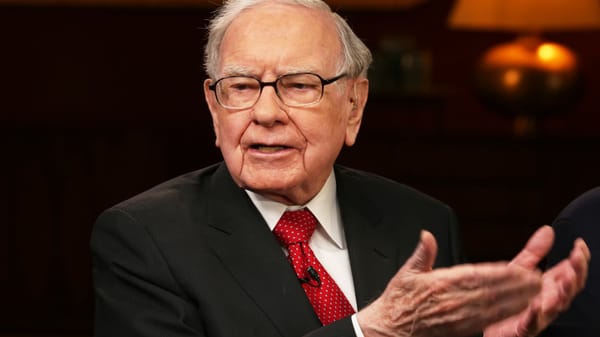Fiscal dominance, monetary policy, and global trends shaping the U.S. economy beyond any single administration
Whether it’s Donald Trump or Kamala Harris in office, these global trends are the real forces to watch - they’ll shape the economy far beyond any single administration. Trends I'll talk more about in the future.

It is easy to overestimate the impact of presidential elections on broader investment outcomes, although there can be significant differences at the margin, depending on the political composition of the White House and Congress. One question I ask myself is: will the U.S. economy be characterized by fiscal dominance, or will monetary policy play a larger role going forward?
Fiscal Dominance vs. Monetary Policy: The future of the U.S. economy
A critical question investors are considering is whether the U.S. economy will be characterized by fiscal dominance or if monetary policy will play a larger role moving forward. Fiscal dominance occurs when government fiscal policy - taxing and spending decisions - overwhelms the central bank’s ability to control inflation and manage economic growth through monetary policy tools like interest rates.
Fiscal dominance and its implications
Fiscal dominance occurs when government fiscal policy - taxing and spending decisions - overwhelms the central bank’s ability to control inflation and manage economic growth through monetary policy tools like interest rates. In this scenario, the effectiveness of monetary policy diminishes because fiscal policy dictates the economic direction.
Persistent structural budget deficits
Structural budget deficits, where government spending consistently exceeds revenue, are expected to persist. Factors contributing to this include:
• Aging population: Increased spending on Social Security and Medicare.
• Rising healthcare costs: Escalating expenses in the healthcare sector add to the fiscal burden.
• Growing interest payments: As debt accumulates, the government faces higher interest obligations.
The Congressional Budget Office projects that U.S. federal debt held by the public will reach 118% of GDP by 2033 if current laws remain unchanged. Persistent deficits could lead to higher interest rates, crowding out private investment, and placing upward pressure on inflation.
The role of monetary policy
The Federal Reserve has been actively using monetary policy to manage inflation and support the economy. Throughout 2023, the Fed has implemented multiple interest rate hikes to combat inflation rates that exceed their 2% target. The interplay between fiscal policy and monetary policy will be crucial in shaping economic outcomes.
Global trends beyond elections: The Big Picture
While election cycles can influence economic policies in the short term, global trends are reshaping the investment landscape on a much larger scale. These include:
- Rising debt levels: With government debt levels on the rise, inflation and interest rates may follow. This environment underscores the importance of real assets and inflation-resilient companies as attractive options for preserving value and capital in a potentially more costly economic landscape.
- Aging population: An aging demographic is driving demand in health and wellness sectors. People seek products and services that enhance quality of life.
- Innovation: Advances in digital technology, artificial intelligence, and the shift toward renewable energy are setting the stage for significant growth in productivity across industries.
- Climate change: As the demand for eco-friendly solutions intensifies, businesses focusing on renewable energy, efficient manufacturing, and electric mobility are seeing increased opportunities.
Whether it’s Donald Trump or Kamala Harris in office, these global trends are the real forces to watch - they’ll shape the economy far beyond any single administration.





